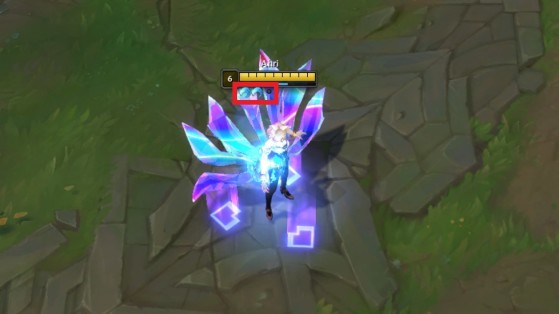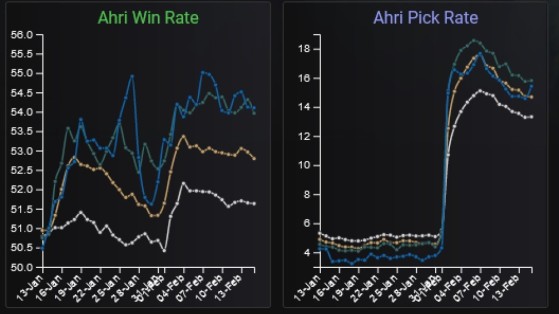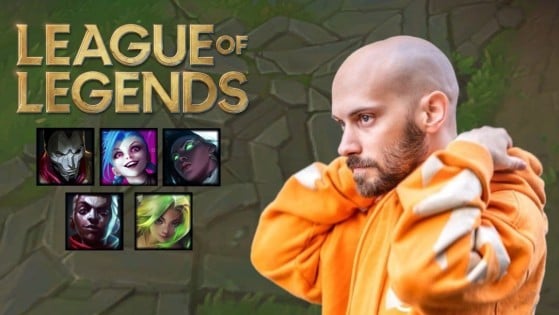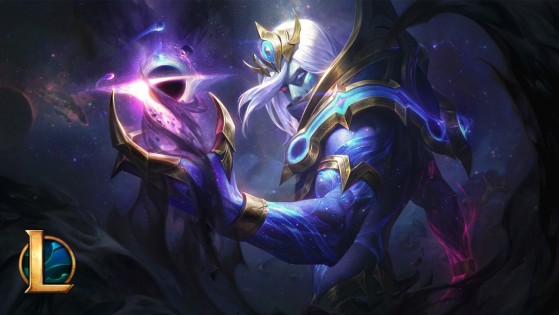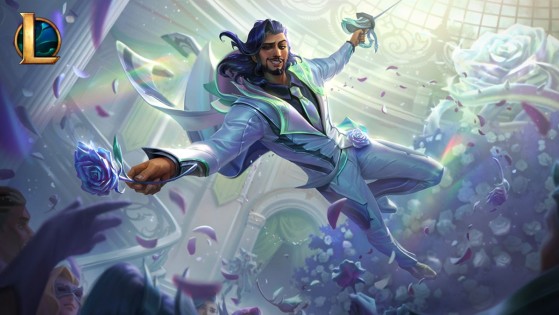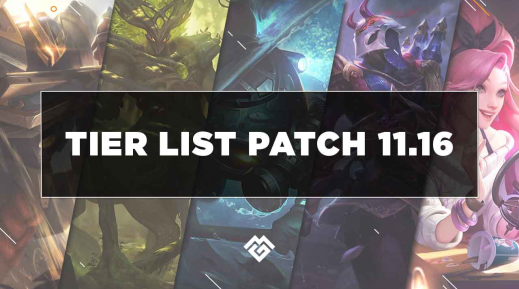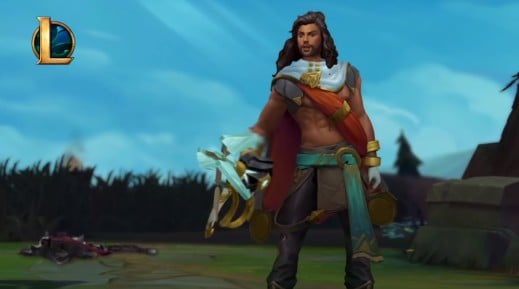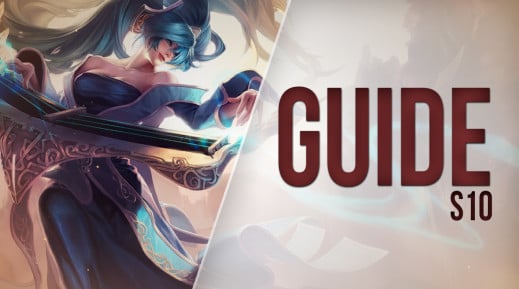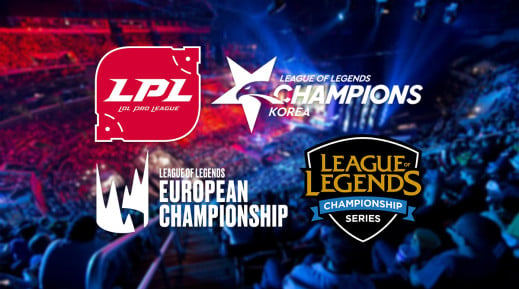The word rework has crept into almost every League of Legends patch over the past few months. Lucian, Amumu, Janna or Ahri have been some of the champions chosen by Riot Games to be part of a large-scale update process. A pending debt that the developer had to settle. However, the ultimate goal of this type of changes is not what many players have taken for granted. It is clear that there is an intention to revamp everything, but Riot Games' main goal is to make characters more fun.
If a character is broken and wins too many games there are not many problems because you can reduce their power in an obvious way. The opposite happens when a hero is too weak. However, there are other data besides winrate that complicate things. There are heroes that receive countless bans even though they are not too powerful and others that nobody chooses even though they win enough games. What happens then?
The reworks trend in League of Legends
This space is the most complicated for League of Legends developers as they have to balance the game around userd feedback. "When a champion is around 50% wins and we have to make changes, it's more like a development meeting. We talk about its design, what needs improvement or what makes the player not feel quite right even when they have a decent winrate. Things like that," Riot August explained.
Ahri's case is one of the most interesting. As Riot August pointed out to us: "The designer had the idea that she was a powerful character and won a lot of games, but she didn't do anything brilliant. She worked well, but that wasn't necessarily a reason to choose her over any other champion. She was good at everything without feeling powerful at anything. The recent changes were all about reinforcing her personality. It was something like 'hey Ahri is a mobility mage, so let's make it so she can win games with her jumps'... something like that."
According to Riot August's words and the developer's institutional statements, the goal of these updates is to transfer power to increase fun. Ahri was a good champion because she was very confident and that is one of the factors that makes it easier to win games in League of Legends. However, there were plenty of characters capable of achieving the same results in more fun ways. At this point it's hard to make mobility a unique trait, but a hero capable of jumping five times in a fight will always be entertaining.
Its risk-reward mechanic forces you to make decisions and allows you to have those great moments where the champion does tremendously satisfying things by allowing you to express yourself as a player. Even in cases where the result is an unintentional increase in power, there are not too many problems in this regard as there is a new framework for action. The win rate is no longer the only argument for choosing the champion, which allows us to 'normalize' her while maintaining a good part of the popularity she has gained. In Ahri's case, she quadrupled her election percentage.
This same scenario also applies in reverse. The first symptom that the community perceives a hero as unfair or abusive is his ban rate. Any player can think of that character who is systematically banned from their games not because he is strong, but because they don't want to deal with the champ'.
August was responsible for the design of Viego, a champion that everyone felt was unfair, and he explained his changes: "His most recent patch was like... 'well, a lot of people think it's unfair... why don't we make it so that if he uses his tank builds and wants to survive, he'll then hit and heal less. This made it feel fairer and easier to play against him. If he goes for his critical build then he can do more damage. He's taking a lot more risk to do it though."
With this adjustment, which took place in patch 11.17, Riot Games managed to reduce the ban rate by 25% over the next two patches. Six months later the character is still picked by a similar number of players who can now enjoy their champion in nine out of ten games. Even his win rate with the riskier, critical-focused item build remains intact.
Taking a little bit here and putting a little bit there is one of the balancing methods that generates more questions in the community. Sometimes it happens a bit like when we share the last glass of champagne with our friend and we are not always able to balance it, but well carried out it is the most effective tool of League of Legends developers. A method that keeps the game fresh while giving new opportunities. In short it makes everything fairer, but above all much more fun.
Data screenshots taken from LoLalytics
This interview has been translated from MGG Spain by bxakid and was originally written by Bruno Ouviña aka GalleGutsito.
